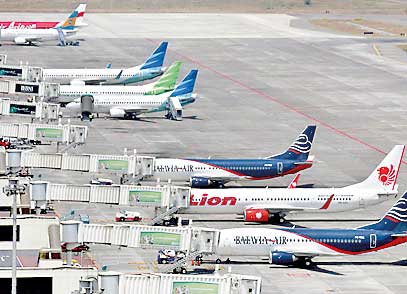Friday Dec 05, 2025
Friday Dec 05, 2025
Friday, 25 September 2015 00:00 - - {{hitsCtrl.values.hits}}
Preliminary traffic figures from the Association of Asia Pacific Airlines (AAPA) for August 2015 show sustained growth in international passenger demand, while air cargo markets remained relatively weak.
Underpinned by a boost in leisure travel demand during the holiday season, the region’s operators carried a combined total of 24.9 million international passengers in August, 7.2% more than the same month last year.
Demand in revenue passenger kilometre terms (RPK) grew by 8.2%, outpacing the 5.7% expansion in available seat capacity to result in a 1.8 percentage point increase in the average international passenger load factor to a year-to-date monthly high of 83.0%.
The weakness in air cargo markets extended to the month of August, with demand in freight tonne kilometre (FTK) terms recording a slight 0.3% decline compared to the same month last year.
Offered freight capacity grew by 3.3%, and consequently the average international freight load factor fell by 2.2 percentage points to 61.0% for the month. Commenting on the results, Andrew Herdman, AAPA Director General said, “The positive trend seen in the growth of international air passenger demand continues, and has been given a further boost by the widespread availability of affordable airfares. Overall, for the first eight months of the year, we saw an 8.7% increase in the number of international passengers carried by Asia Pacific airlines to a combined total of 184.2 million.”
“On the other hand, air cargo markets remain weak, reflecting a further slowdown in world trade in recent months. Overall, however, after accounting for the initial growth spurt earlier this year, air cargo demand has still registered a 3.0% increase for the first eight months of the year,” Herdman added. “Looking ahead, the outlook for air passenger markets remains positive, with competitively priced fares underpinning robust consumer demand. The outlook for air cargo markets is more uncertain, given signs of weakness in global trade activities, but should see some seasonal demand as we move towards the end of the year.”